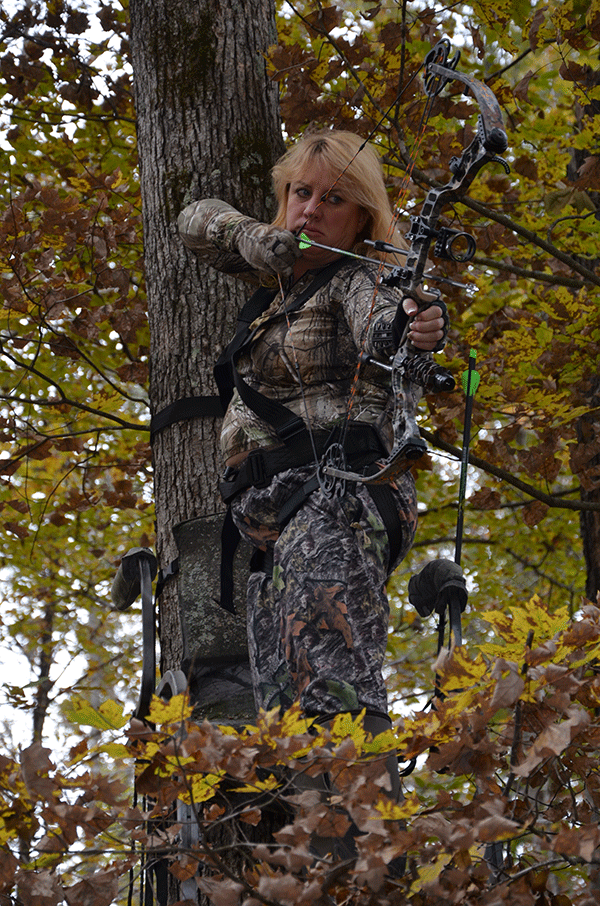
By John N. Felsher
The federal government only allowed Alabama anglers to fish nine days in June for red snapper this year, but offshore enthusiasts can find much more to catch in the Gulf of Mexico.
Despite the smallest coastline on the Gulf, the waters off Alabama teem with a variety of fish because the state created an extensive network of artificial reefs. These artificial reefs create fish-attracting habitat where once only a flat, mud bottom provided little structure.
“No doubt, snapper are really important fish for the Alabama coast, but we catch a lot more than just red snapper,” advised Mike Thierry with Captain Mike’s Deep Sea Fishing in Dauphin Island. “We always keep a cobia rod and a live bait ready in case we see a cobia. We also run into sharks quite often. We’ve caught some in the 400- to 500-pound range. In 2012, we caught and released three tiger sharks in one day.”
Besides red snapper during the very brief season, anglers off the Alabama coast may fill fish boxes with several other snapper species including lane, mangrove, vermilion, also called beeliner, and other snapper species, usually with far less restrictions. Mangroves frequently enter water less than 20 feet deep just off the coast. During the season, anglers fishing reefs might also catch triggerfish, amberjack and several grouper species.
“When not fishing for red snapper, we go for king mackerel, beeliner and mangrove snapper,” recommended Curtis Bush of Max Drag Charters in Orange Beach. “For beeliners, we use smaller hooks and smaller squid pieces than when fishing for red snapper. Beeliners are usually a bit farther out around natural bottoms. If we go out 30 miles, we might also catch grouper, scamp, maybe even tilefish.”
While bottom bouncing baits around reefs, set out a drift line. Without adding extra weight, attach a bait chunk or live baitfish to a hook and toss it behind the boat. Stick the rod into a holder and engage the reel clicker so that it makes noise when something pulls the line. The bait hangs high in the water column, perhaps enticing passing king mackerel, Spanish mackerel, sharks, cobia, barracuda and other predators. Depending upon the location, a drift line might even attract a sailfish, blackfin tuna, yellowfin tuna or wahoo.
“Frequently, we’ll throw out a drift line to target king mackerel and other fish,” explained Bryan Daniels with Brian Daniels Guide Service in Orange Beach. “It’s not hard to catch 10 to 12 different species in one day, especially in the deeper water. In the summer, we don’t really target cobia, but we catch them as a bonus if one shows up.”
Highly mobile cobia roam the Gulf and can appear instantly anywhere and vanish just as quickly. Sometimes, cobia hit drift lines, but more often, these curious fish appear on the surface near the boat. After spotting a cobia, toss a bait beyond it and run it past its nose. If it doesn’t hit reactively, tease it. Every time it comes for the bait, snatch the temptation away until the cobia can no longer stand it and smashes the morsel.
Some anglers use balloon rigs to hold live bait at predetermined depths. Almost like using a bobber to fish for bluegills, tie a balloon to the line and release it so that it drifts with the current away from the boat. Sometimes, anglers may set out several balloon rigs to fish at different depths with varied baits.
After leaving the reefs, many anglers troll an assortment of spoons, deep-running plugs, jigs, live baitfish or fresh bait to entice mackerel, cobia, wahoo, mahi, tuna and other species. Some anglers maximize their time by trolling when transitioning from one reef to another. Trolling can also reveal a secret honey hole. Trolling with deep-running plugs or downriggers can put big grouper or amberjack into the boat.
“If I find a good rip or weed line, we’ll put out a trolling spread to see what’s there,” said Jason Domangue with Movin’ On Up Charters in Dauphin Island. “We might find some king mackerel or get lucky and catch a wahoo. We’ll also keep an eye out for tripletail, cobia or mahi.”
While trolling or moving from place to place, also watch for targets of opportunity. Cobia, mahi and tripletail, also called blackfish, frequently drift with floating debris or hang around channel buoys and cruise weed lines. Anglers might also see some diving birds that could indicate a school of predators chasing baitfish.
Despite stiff regulations and reduced limits for many species, anglers can still load a boat and enjoy a great day on the water if they remain flexible. Bring an assortment of rods and baits for any opportunity that may arise. The right “bonus” fish can turn an otherwise humdrum day into a memorable experience.
For more information on saltwater creel limits see www.outdooralabama.com/fishing/saltwater/regulations/limits.





